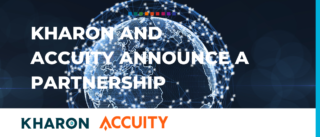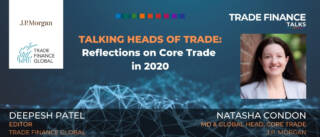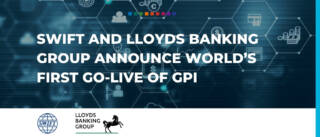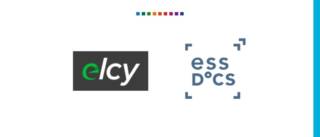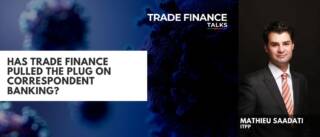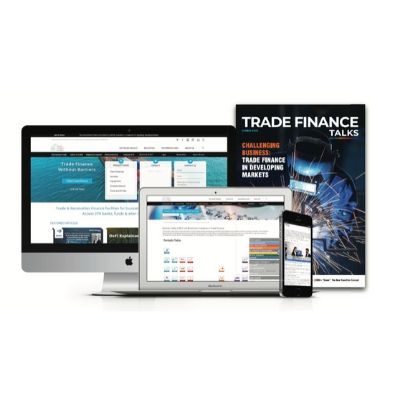Trade receivables securitisation to the rescue? Businesses will need to become securitisation savvy if we are to plug the trade finance gap
With all eyes on financing, we should be careful not to disregard the role of payments in helping MSMEs plug into the global economy.
VIDEO: Philip Bowkley industry leader perspective: The future of global payments, cash and liquidity
Philip Bowkley, co-chair of BAFT’s Global Payments Industry Council talks to TFG about the future of global payments, cash and liquidity
SINGAPORE 26 January 2021 – Artivision Technologies Ltd. shareholders have approved the proposed reverse takeover (RTO) of electronic payments company, Mobile Credit Payment Pte. Ltd. (“MC Payment”), at an Extraordinary… read more →
Investigating the use of distributed ledger technology to expedite the digitization of trade finance, the BAFT Innovation Council established the DLPC working group in 2016. It was tasked with producing… read more →
Los Angeles and London – 6 January 2021. Kharon, the research, and data analytics company focused on security threats and other controversies that impact global commerce and finance, and Accuity,… read more →
We heard from Natasha Condon, Global Head of Core Trade at J.P. Morgan, on her take of how the trade finance market has fared in recent months, since joining the bank in 2020.
SWIFT and Lloyds Banking Group announce world’s first go-live of gpi Instant connection in the UK, with benefits extending far beyond.
TFG is proud to be partnering with TXF for their latest event: TXF Global Trade Virtual 2020, which will be held on the 8-10th December 2020
In this article, John Dunlop takes a look at a documentary trade payment (DTP) and whether it can be substituted for a documentary collection using UCP rules.
The Association for Corporate Treasurers (ACT), in partnership with Deutsche Bank, has today announced the release of “The Group Treasurer: An ACT guide to the first 100 days”, which provides… read more →
TFG heard from José Manuel Campa, Chairperson, EBA on the key initiatives taken by the banking sector to support the economy post-Covid such as technology and innovation in banks and prevention of financial crime.
The economic consequences of the COVID-19 pandemic are of an unprecedented scale in Europe. The twin supply-demand shock has resulted in the halting of production (at least partially) in many… read more →
In line with their partnership and continued collaboration, ELCY, the leading e-commerce solutions provider for the international trade finance marketplace, and essDOCS, the leading enabler of paperless trade, announced today… read more →
 Australia
Australia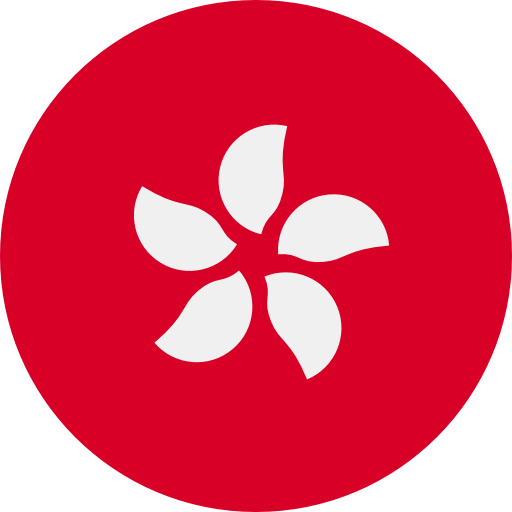 Hong Kong
Hong Kong Japan
Japan Singapore
Singapore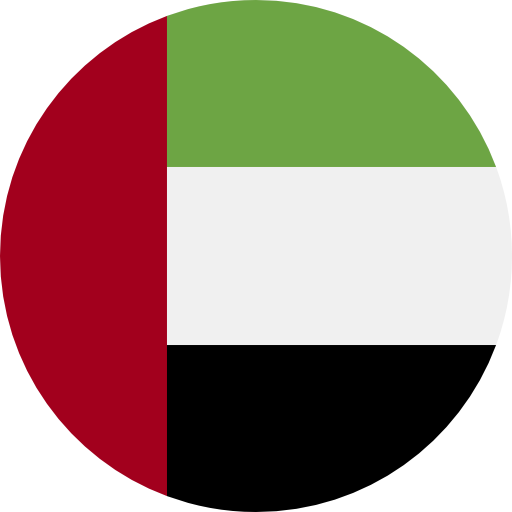 United Arab Emirates
United Arab Emirates United States
United States France
France Germany
Germany Ireland
Ireland Netherlands
Netherlands United Kingdom
United Kingdom





